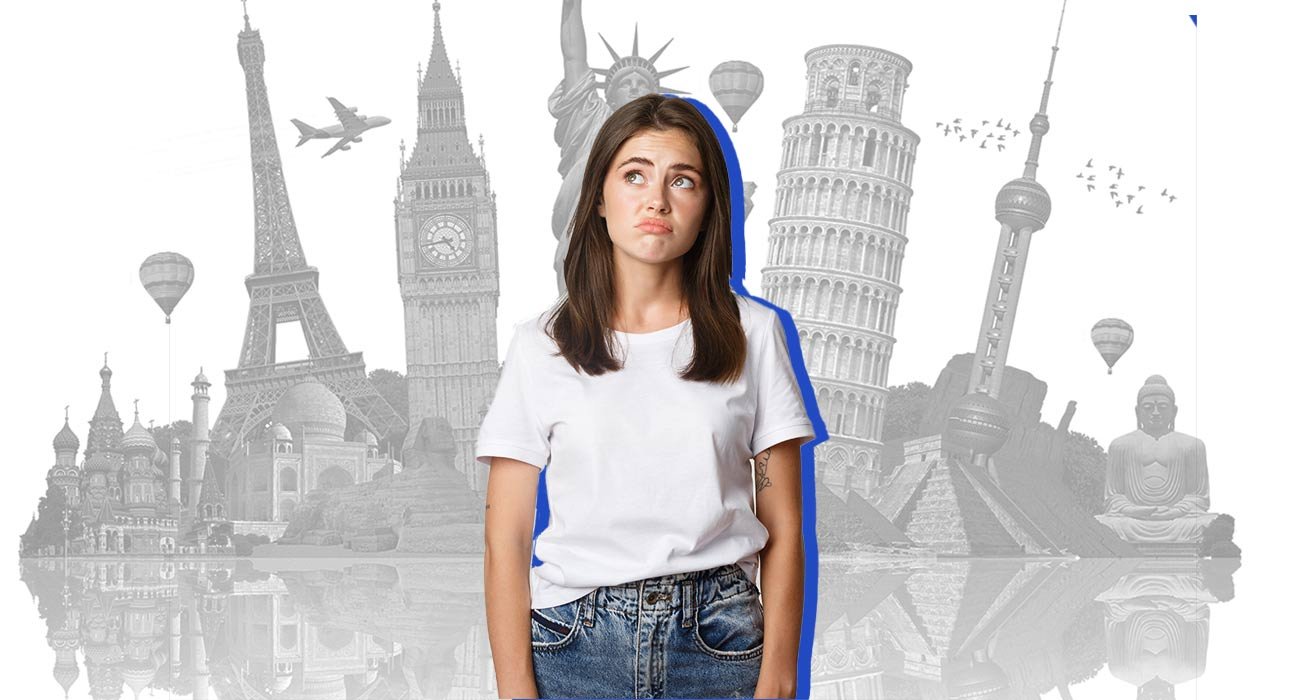Social media may be the ideal venue in today’s tech-obsessed society to exhibit the beauty of the world to armchair tourists worldwide, but travelling is so much more than just grabbing that perfect Instagram photo. Travel should have a purpose. It ought to energise and uplift you, restore and ground you, instruct and test you, and most importantly, humble you.
Travel provides us with our most memorable experiences, priceless lessons we may pass on to others, and our best stories. It broadens our horizons, educates us about ourselves and one another, and, like a reset button, it compels us to refocus on what really important.
Reasons to travel
- To make the world a better place, travel
- Travel to experience various cultures
- Journey to learn
- To escape reality, travel
- Travel to unwind
- Travel to learn
- travelling to be humble
- travel for food
- Travel to change yourself
- Live to fulfil your travel bucket list goals
Phobias
A phobia is a form of anxiety condition that makes a person feel intense, unreasonable dread towards a circumstance, a living being, a location, or an item. When someone has a phobia, they frequently plan their life to steer clear of what they see as hazardous. The threat is bigger than any harm that the terror-causing factor actually poses. Phobias are mental diseases that have a cure. The person will feel extreme anguish at the root of their fear. They may struggle to operate regularly as a result, and it may even trigger panic episodes.
A phobia is a reaction to something that poses no danger. For this reason, phobias are sometimes referred to as unreasonable fears. The reaction is so strong that it could make it difficult for you to function or carry out everyday duties. Anxiety symptoms might appear just from thinking about the thing you’re afraid of.
An impairment is the degree to which the phobia interferes with your life; it can range from minor to severe. If you have a phobia, you could experience terror even if you are not directly in contact with the object. For instance, if you have a fear of crowds, even the thought of one may cause you to tremble or perspire.
Hodophobia
A person who has a severe dread of travelling has hodophobia, a particular sort of phobia. An excessive or illogical dread of a situation or thing characterises phobias, a form of anxiety disorder. A trip’s anticipation, actuality, or memory can all be triggers for homophobia. Hodophobia causes the dread to surface in a variety of ways and at various points when travelling.
Some people’s dread triggers by the thought of the journey. Others might find it to be the actual act of travelling and moving from one location to another. The phobic reaction might also happen on the way home or after the vacation has ended, when the person is secure at home but still thinking back on the journey. Hodophobia can be restrictive since it can make it difficult for sufferers to see loved ones, go on vacation, or experience new areas.
Although there are significant distinctions, homophobia and agoraphobia are sometimes conflated. The specific fear associated with agoraphobia is being trapped during a panic episode. Hodophobia is characterised by a particular dread of travel. The distinction is minute and could be hard to spot.
Hodophobia connects to a number of other illnesses. Hodophobia can occasionally be caused by fears of flying, cruise ships, railroads, and automobiles. This dread can occasionally be influenced by claustrophobia, risk aversion, the fear of authority, and even performance anxiety.
Symptoms
Hodophobia has a similar impact on people as any other phobia or severe anxiety reaction. Symptoms that are both physical and mental include:
- a sense of impending catastrophe and peril over the journey
- Having trouble coping with the travel-related aspects
- Heart palpitations, an elevated heart rate, or a pounding heart
- feeling weak, woozy, or dizzy
- chest tightness or discomfort
- sweaty hands or sweating
- Flashes of heat and chill
- breathing difficulty
- diarrhoea, vomiting, or nauseous
- trembling or swaying
A panic attack, which is an episode of severe dread or anxiety accompanied by physical symptoms, may occur if the fear and the response to the fear become excessive.
Causes
- Trauma: If a person has had a direct encounter with trauma connected to travel, it may affect their capacity to travel and lead to the emergence of a phobia.
- Learning from others: Some people acquire a phobia from others, such as a dread of travelling. Therefore, a kid may develop a phobia of flying if their parents do.
- Others’ experiences: Reading about or learning about scary circumstances that happen to others might cause people to acquire phobias. For instance, after reading about another person’s traumatic trip experience, a person can develop a dread of travelling.
- Genetic: Genetic factors may potentially play a role in the likelihood of acquiring phobias.
How to cope with it?
Many individuals discover that preparation and organisation may help manage the moderate symptoms of hodophobia, even though it is always better to speak with a mental health professional about any phobia.
- Avoid drug and alcohol usage
- Discover what to expect
- Decide on a route
- Rest and drink water
- Bring a friend
- Visualise.
Treatments
Exposure therapy: The objective of this therapy is to desensitise you by gradually and repeatedly exposing you to your phobia.
Cognitive behavioural treatment: CBT includes a number of treatments that provide you with mental coping mechanisms so you may rewire how you see your anxieties. By using this method, you may regulate your anxieties and overcome them.
